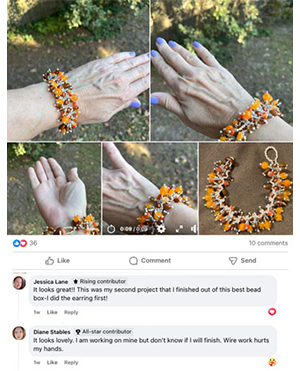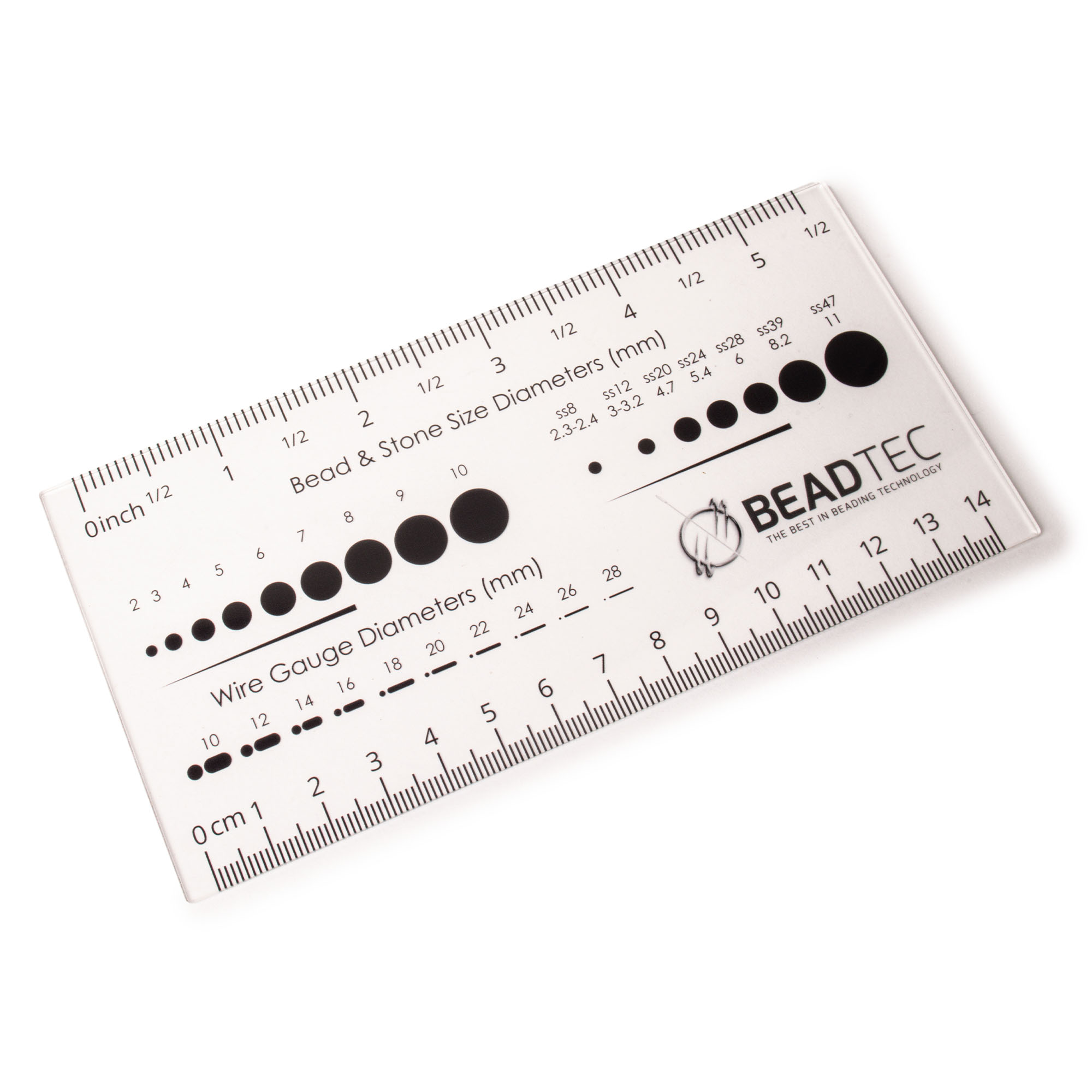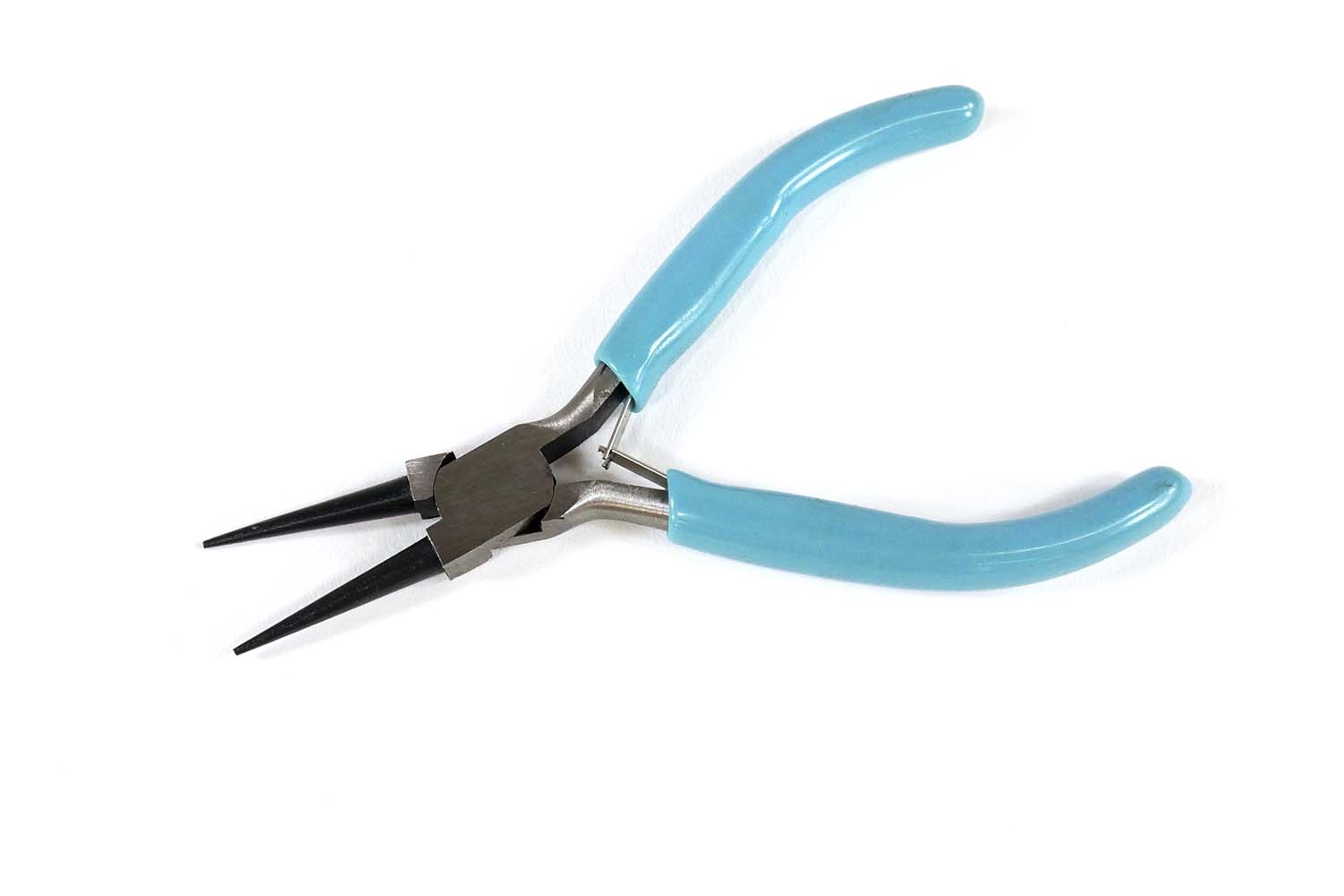- Jewelry-Making Supplies ▾
Design Jewelry with Confidence!
Seed Beads
Thread, Wire, & Stringing Materials
Athenacast Findings & Components
Everything Else
- Kits & Collections ▾
Assemble Your World
Kits & Collections
- Subscriptions ▾
Want monthly Beading Happiness?
Subscriptions
- Learn to Make ▾
Want to learn more?
- Discounts & Deals ▾
Explore Today's Promotions!
- Jewelry-Making Supplies
- Kits & Collections
- Subscriptions
- Learn to Make
- Discounts & Deals
-
Seed Beads
Thread, Wire, & Stringing Materials
Findings & Components
Everything Else
-
Kits & Collections
-
Subscriptions
- Home
- How to Make Jewelry
- Better Beader Episodes
- Spotting the Difference: 2 Needle …
Spotting the Difference: 2 Needle and 1 Needle Right Angle Weave

Watch the Video Tutorial
Watch the Video Tutorial
Need Any Extra Materials?
Need Any Extra Materials?
Need Any Extra Materials?
Need Any Extra Materials?
Episode Transcript
Episode Transcript
Introduction
In this Better Beader episode from Potomac Beads, we explore the fascinating world of right-angle weave (RAW) and discover the key differences between using one needle versus two needles. Whether you're a beginner or an experienced beader, understanding the nuances of these techniques will help you create stunning jewelry pieces with ease. Join us as we dive into a step-by-step guide to mastering the art of RAW.
Materials Needed
- Size 11/0 Miyuki Delica beads in two colors of your choice
- Beading thread (Fireline or Wildfire recommended)
- Size 11 or 12 beading needles
- Scissors
- Beading mat or work surface
Step-by-Step Tutorial
- Begin by threading your needle with a comfortable length of beading thread. If using the two-needle method, thread both needles with equal lengths of thread.
- Pick up four Delica beads and slide them down to the end of the thread, leaving a short tail. Sew through all four beads again to form a circle, and tie a knot to secure the unit.
- For the one-needle method:
- Pick up three Delica beads and sew through the last bead from the previous unit. Continue this pattern, adding units until you reach your desired length.
- To turn at the end of a row, pick up three beads, and sew through the last bead of the previous unit and the first bead of the current unit.
- For the two-needle method:
- With one needle, pick up three Delica beads and sew through the last bead from the previous unit.
- With the other needle, pick up three Delica beads and sew through the last bead from the previous unit in the opposite direction.
- Continue alternating between needles, adding units until you reach your desired length.
- To change colors, simply switch to the new color when adding a unit. Make sure to sew through the beads multiple times to secure the thread before trimming any excess.
- Once you've reached your desired length, tie off the thread and weave in the ends to finish your RAW piece.
Customization Ideas & Inspiration
The beauty of RAW lies in its versatility. Experiment with different color combinations to create unique patterns and designs. You can also vary the size of your beads or incorporate other bead shapes to add visual interest. Try using the RAW technique to create bracelets, necklaces, or even earrings.
For a fun twist, consider using the two-needle method to create a reversible RAW piece, with different colors on each side. You can also play with the tension of your thread to create a tighter or looser weave, depending on your desired look.
Conclusion
Mastering the art of right-angle weave is a rewarding experience for any beader. By understanding the differences between the one-needle and two-needle methods, you can create stunning pieces with confidence. Remember to take your time, practice regularly, and don't be afraid to experiment with new ideas.
We hope this step-by-step guide, inspired by the Better Beader episode from Potomac Beads, has empowered you to explore the world of RAW. Share your creations with us in the comments below, and feel free to ask any questions you may have. Happy beading!
Join Our Growing Community
Join Our Growing Community




Our Testimonials
Our Testimonials
- 55845 (83.7%)
- 4796 (11.4%)
- 3286 (4.1%)
- 229 (0.4%)
- 129 (0.4%)
- Favorite Reviews
- Highest to Lowest
- Newest to Oldest
- All Ratings
- 5 ★ Reviews
- 4 ★ Reviews
- 3 ★ Reviews
- 2 ★ Reviews
- 1 ★ Reviews
Loading...
Only Visible on Admin Mode
Item Description
Designer's Material List
Project Steps
Start with threading a single needle. Pick up three beads, pass back through the first bead to form a loop. Continue adding beads, forming right angles and maintaining tension. Two Needle RAW:
Thread a needle on each end of your thread. Pick up one bead with each needle, then cross both needles through a third bead. Continue this pattern, maintaining a diagonal thread path for tension and ease of clasp addition.
Highest Quality
Products
100% Money
Back Guarantee
Fast
Shipping
Best Teaching &
Customer Service
You'll want these emails...
Get Free Projects & Inspiration
Get Free Projects & Inspiration
- Bullet 1
- Bullet 2
- Bullet 3
Copyright © PotomacBeads









